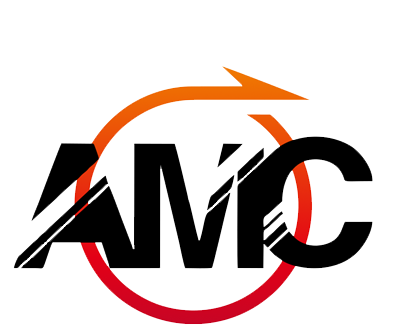Air intake systems are designed to give the engine as much air as possible – with velocity stacks doing their best to smooth out the flow. The pulsating nature of an engine’s pistons creates waves that pull and push air through the velocity stacks. The reverberation and resonance of waves through inlet system changes the flow rate of air as the RPM increases.
An engine creates its peak torque when these waves work together with the engine at its highest volumetric efficiency.
Trade-offs are made to maximize the flow rate at a desired RPM. For example, short intakes with a large diameter increase the amount of airflow at a particular RPM while sacrificing airflow in others. Thus creating a sharp peak in the airflow vs RPM graph.
Long, narrow air intakes create a smoother power delivery and a stronger bottom to mid-range.
So in motorsports such as enduro and MX, a long narrow runner may be best. But in supermoto and superbikes large short runner may be better.
Another critical element is the entry shape of the velocity stack – referred to as a bell-mouth. The purpose of the bell-mouth is to introduce air in a uniform manner with minimal turbulence and flow separation, i.e. to maximise the flowrate.
Additional features such as dimples or spirals may be added to the bell-mouth, however the difference that these features can make in power are insignificant and often can cause more harm than good.
So have a look at your velocity stack, maybe you are using an engine in a different application.… do you think there’s room improvement?
Contact us now for custom velocity stacks!
Some great books for further reading include:
2-stroke performance tuning and 4-stroke performance tuning by Graham Bell
The High Speed Internal Combustion Engine (1972) by Ricardo Sir Harry and Hempson, J.G
Internal Combustion Engine Fundamentals by Heywood, John B.
Velocity Stack Design



